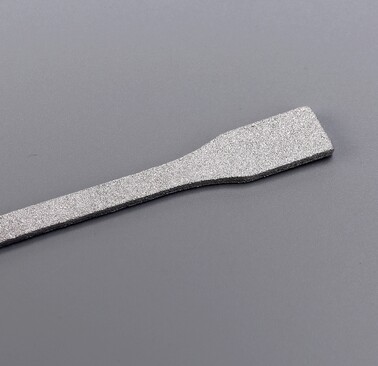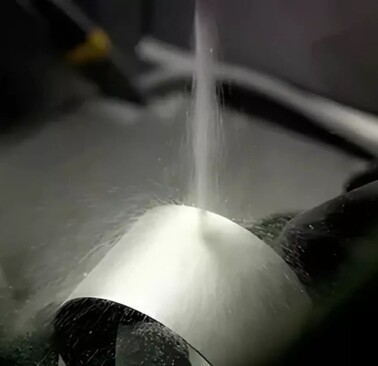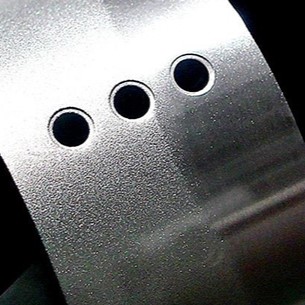What is bead blasting?
Bead blasting is a surface preparation process that involves projecting small spherical beads, usually made of glass, ceramic or steel, at high pressure onto a surface to clean, polish or texturize the surface.
Abrasive blasting is used across a variety of industries, including automotive, aerospace and manufacturing, to remove rust, paint and other contaminants, leaving behind a smooth, uniform surface finish.
















